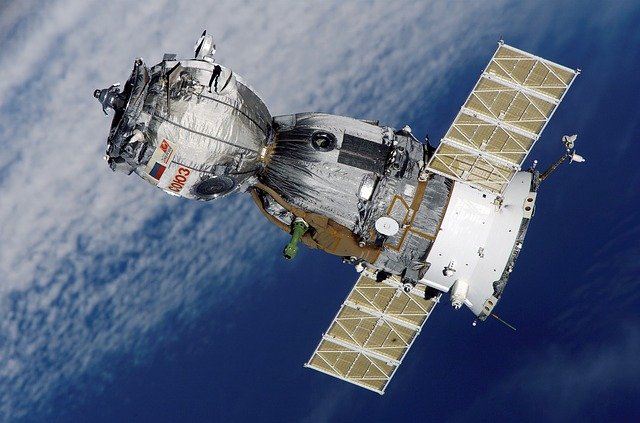
Although humans have dreamed of traveling in the space since ancient times, the actual space tourism was only developed in the past 60 years.
A paper published in Acta Astronautica summarizes the history of space tourism.
In 1954, the world’s oldest travel company Thomas Cook in Britain initiated the “Moon Register”.
It was three years before the first artificial satellite was launched.
As the first space tour project, it aimed to provide tickets for commercial trips to the Moon at the earliest possible date. Over 1000 people registered enthusiastically.
In 1968, Pan Am Airlines announced its commercial flight plans for moon travel. This project attracted 93,000 members. In the same year, Apollo 8 successfully brought people to the Moon orbit. In 1969, human landed on the Moon for the first time.
As the Apollo program went well during 1968-1969, people started to design aerospace vehicle, space hotels, and flight schedules.
However, the public soon realized that moon tourism was not easy to achieve due to high costs and challenges in technology.
By the 1970s, people’s attention was shifted to Earth orbital tourism. But it was only until 2001, 40 years after the first astronaut flying to Earth’s orbit, the first private paid millionaire tourist traveled to the International Space Station (ISS).
During the 1961-2001, Europe, Japan, Russia, and the USA had many intended developments in the Earth orbital tourism. But only Russia made the tours come true.
From 2001 to 2009, Russia sent 7 tourists to the ISS via its Soyuz rocket. A main purpose of the tours was to raise money for the space program in Russia.
Each trip cost tens of millions in USD. It is reported that Russia will continue the Earth orbital tourism in 2018.
For many people, Earth orbital tourism is just unaffordable. A more realistic space tour project is Earth suborbital tourism. Such a tour will only cost 10,000 – 100,000 USD. Tourists can take short flights in space, ascend into suborbit, and then descend and land at the departure airport.
Many tools are being developed for Earth suborbital tourism in Europe and USA, such as Shuttle of S34, Spaceplane, and Lynx Suborbital Vehicle.
In 2004, SpaceShipOne won the Ansari X prize, and it shed the light on the commercial Earth suborbital tourism.
However, in 2014, SpaceShipTwo crashed in California in a test flight. This means the real Earth suborbital tourism might still be a few years away.
It is clear that our space travel goal is downgraded from Moon tourism to Earth orbital tourism and then to Earth suborbital tourism.
However, the goal becomes more realistic, and people still maintain very high expectations. The future goal is to make space tourism more reliable and affordable.
Copyright © 2018 Knowridge Science Report. All rights reserved.



